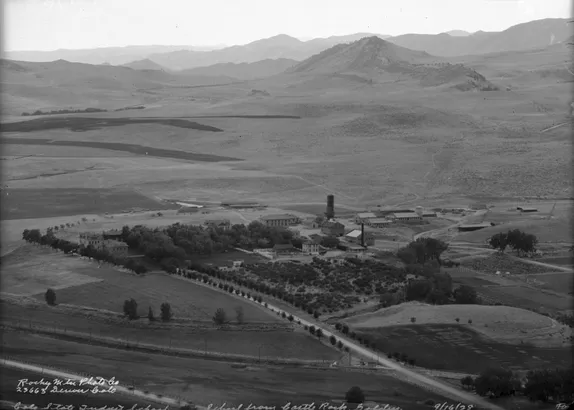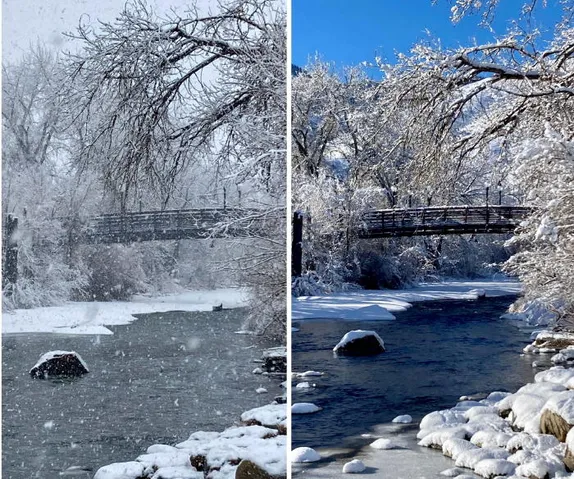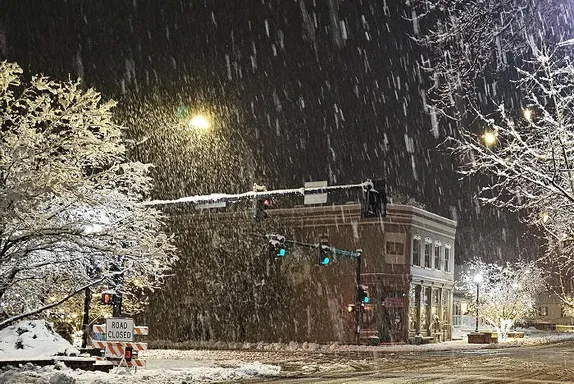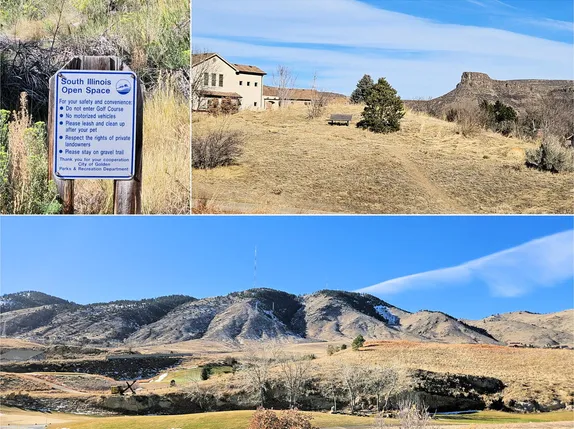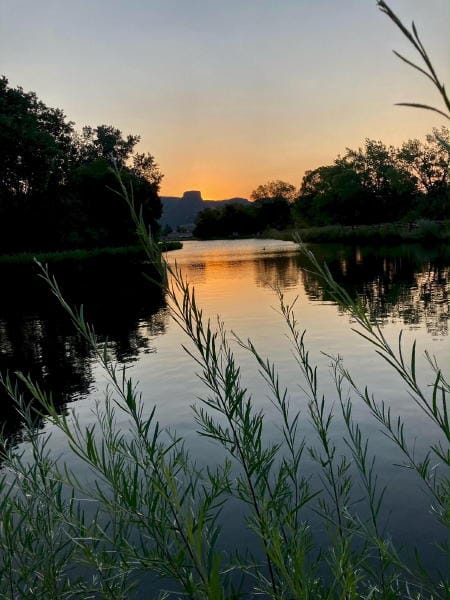
Virtual Events
6-6:55AM Virtual HIIT
8:30-9:30AM Virtual Power Training
9-9:55AM Strength and Cardio
12-12:55PM All Levels Yoga
1-1:45PM Silver Sneakers Yoga
Real World Events
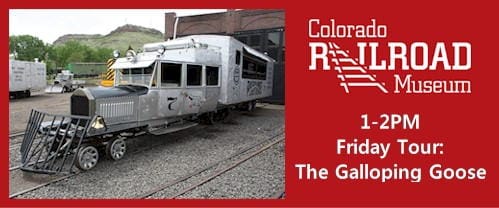
10-11:30AM NREL – Virtual Public Campus Experience
10:15-10:45AM Toddler Time @ Golden Library
1-2PM The Friday Tour @ Colorado Railroad Museum
3PM Vaccine, License & Microchip Clinic @ Foothills Animal Shelter
5-9PM Bike Night @ Avalanche Harley Davidson
5:30-7:30PM Women’s Clothing Swap – Drop Off @ 1st Baptist Church (map)
Free clothing swap! Women’s clothing, maternity, shoes, bras, and accessories!
Step 1 (optional): Drop off new or gently used donations on Thurs/Fri evening: Sept 8th or 9th, 5:30-7:30PM
Step 2: Return Saturday morning to choose your free, “new” clothes: Sept 10th, 9:30AM-12PM
Invite your friends – the more the merrier! More information. Questions? Email goldenwomensclothingswap@gmail.com (All monetary donations will benefit MOPS of Golden.)
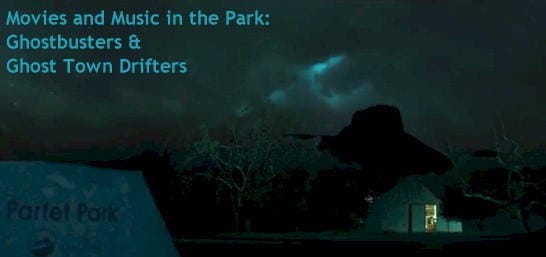
7PM Movies & Music in the Park – Ghostbusters: AfterLife @ Parfet Park
7:30PM HAIR @ Miners Alley Playhouse

Steam Report from Mines
Friday, September 9, our Facilities Management team will be conducting annual preventive maintenance on the University’s boiler system at our main heating plant at 13th and Cheyenne Streets. This maintenance effort will result in large steam clouds and related noise coming from the building. The large steam clouds are a normal part of this preventative maintenance activity and pose no danger to the campus or adjacent community. This communication is intended to make you aware of this planned activity. Thank you for your understanding and patience while we perform this critical annual maintenance activity.
Sincerely,
MINES Operations
Live Music

5-8PM Graham Good & the Painters @ Goosetown Station
5PM Sapphires Garden @ Over Yonder Brewing
6PM Revenants @ Wrigley’s
7-10PM Will Whalen @ Buffalo Rose (Sky Bar Stage)
9PM Karaoke @ Ace Hi Tavern
Golden History Moment

Today is the 133rd anniversary of the White Ash Mine disaster, which occurred on September 9, 1889. The following description of the event comes from Golden Rocks: The Geology and Mining History of Golden, Colorado by Donna Anderson and Paul Haseman.
1889 White Ash Mine Disaster
The good burning properties of Golden’s coal are reflected in the name of the most memorable, and perhaps infamous, Golden coal mine, the original White Ash Mine. The White Ash Mine portal was on the south side of Clear Creek at the west end of today’s 12th Street. There, in the subsurface, below the alluvium of Clear Creek (Chapter 4), the coal seam tilted steeply to the east near the surface, then became vertical for more than 600 feet downward.
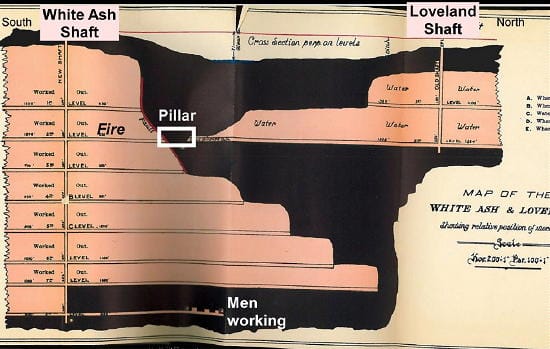
The White Ash Mine was plagued with problems, most of which were typical of the time. Mining paused in 1879 when a fire broke out at the 280-foot level (Fig. 75). That tunnel was sealed up, with the thought that a lack of oxygen would smother the fire. From 1885 to 1889 the mine had several accidents from falling rock and equipment, as well as bad air from carbon dioxide gas and fires within the mine tailings at the surface (e.g., Fig. 73, to left of White Ash Mine buildings).
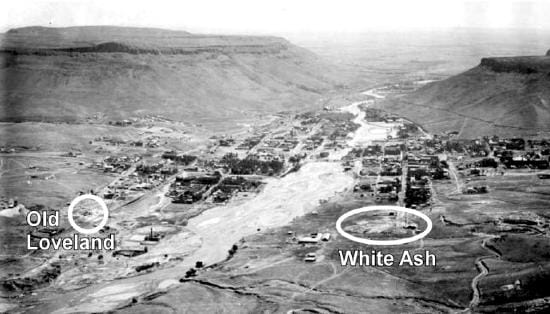
As the workings reached the 720-ft level by 1888, Colorado State Mine Inspector and engineer, John McNeil visited the mine several times. Finally, in 1889, he required replacement of unstable timbers, as well as the drilling of a 700+ foot deep escape shaft at the north end of the mine, north of Clear Creek. He also restricted the number of miners to ten for any given shift for safety reasons.190 The mine owners replaced the rotten timbers and began to arrange for a second shaft in the summer of 1889. In a letter dated July 12, 1889, twelve miners petitioned the State of Colorado to keep the mine open due to hardship,191 and the mine continued operating.
Meanwhile, the Old Loveland Mine, (aka Black Diamond Mine) was about 1960 feet north of the White Ash Mine (Fig. 75), where the White Ash coal seam extended under and across Clear Creek. The Old Loveland Mine had been abandoned in 1879 due to suffocating inert gases, carbon dioxide, aka “black damp,” at the 250-foot level. The abandoned Loveland shaft and tunnels were left to fill by water seepage. In 1889, the flooded mine was being used as a water source for the steam boilers at the nearby Golden Brick Works. A pillar of rock and coal 70-100 feet thick separating the abandoned tunnels of the Loveland and White Ash Mines (Fig. 75) had been considered “safe enough” by Inspector McNeil and others.

On 9 September 1889, at about 4:00 p.m., after the evening shift had gone down to work in the active level [720 feet], Charles Hoagland, mine engineer, reported:
The men below sent up a signal to send down the cage. It was at once lowered. It went to within about 6 feet of the bottom of the [vertical] shaft and the struck something…We worked with the cage for a few minutes, and finally something below broke. Since then we have heard nothing… [The foreman, Evan Jones] went down on a ladder to the 280-foot level and came back…the air was so bad he had to ascend… [The men] went over to the old [Loveland] mine at 6 [p.m.] and found that shaft to be perfectly dry. [It was always filled with water, used at the Golden Brick Company].192
People gathered at the White Ash Mine portal throughout the evening and night, crazy with grief. Inspector McNeil was called at 9 p.m. When McNeil arrived at midnight, the shaft was full of carbon dioxide, and the water-level in the main shaft was 100 feet above the bottom, at the 680-foot level. After ventilating the shaft by 8:00 a.m., McNeil and mine-foreman Evan Jones went down the shaft in a bucket. On the way down they encountered intense heat and could see timbers on fire at the 280-foot level. At the 480-foot level,193 they could hear water running.The mine workings were filling with water that could not be pumped out.
Inspector McNeil formally determined that the rock and coal pillar separating the Old Loveland and White Ash mines broke, likely weakened by a coal fire, allowing water to burst through the blocked-off 280-foot tunnel of the White Ash Mine. Water flowed quickly across the tunnel to reach the vertical shaft and then down to the 720-foot level, filling the side tunnel and drowning the ten miners. The event was the biggest disaster in Golden’s mining history.
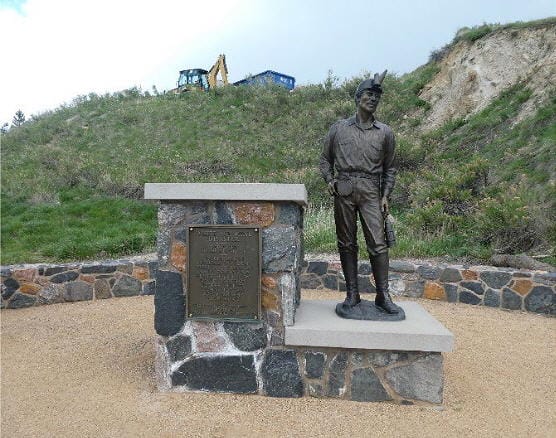
Thereafter, the White Ash Mine was abandoned and at one point in time, was considered a cemetery.194 Until the 1950s, on the anniversary of the disaster, Goldenites placed flowers and held a memorial at the former mine site. On 9 September 1936, in commemoration of the lives lost in the tragedy, a monument was placed at the west end of the CSM football field near the mine shaft. The ceremony, attended by 1000 Goldenites, was led by Mayor Bert Jones, the son of former mine foreman, Evan Jones, who sought to rescue the trapped miners 47 years earlier.195 A new memorial (Fig. 76) was dedicated by former Golden Mayor Marv Kay on 29 October 2016. It is on the CSM campus across from the football stadium (Marv Kay Stadium) near the west end of 12th Street, where it is Stop 7a on the Weimer Geology Trail (Chapter 4).
190 McNeil, 1890, p. 9-16.
191 Ibid. p. 15.
192 McNeil, 1890. The WPA history of Golden (Foothills Genealogical Association of Colorado, 1993, p. 474-476) has the full account from the Golden Globe. Issues recounting the disaster in the Colorado Transcript and Golden Globe are lacking in the collections of Colorado Online Historical Newspapers.
193 McNeil and Jones showed incredible bravery!
194 Shown as a cemetery on the USGS Golden Quadrangle topographic map of 1965.
195 CT 10 September 1936.
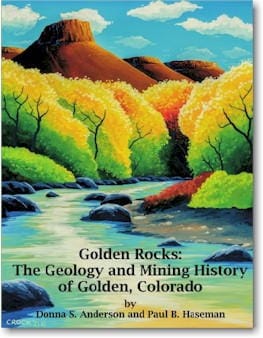
This was an excerpt from Golden Rocks: The Geology and Mining History of Golden, Colorado by Donna Anderson and Paul Haseman.
The authors have granted me permission to reprint excerpts, but I recommend that you read the whole book. You can buy a copy from the Lulu website, borrow one from the library (there’s a waiting list!), or read it online for free, courtesy of the School of Mines library.

